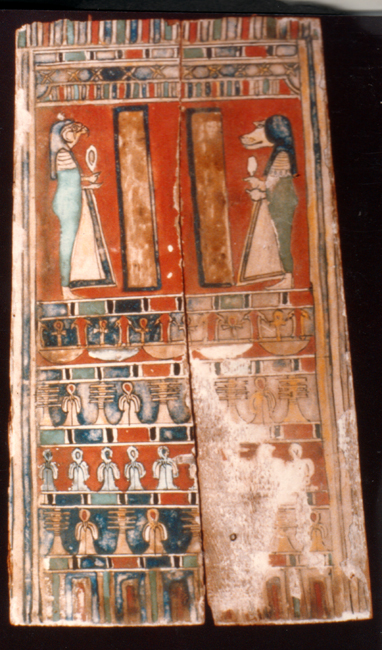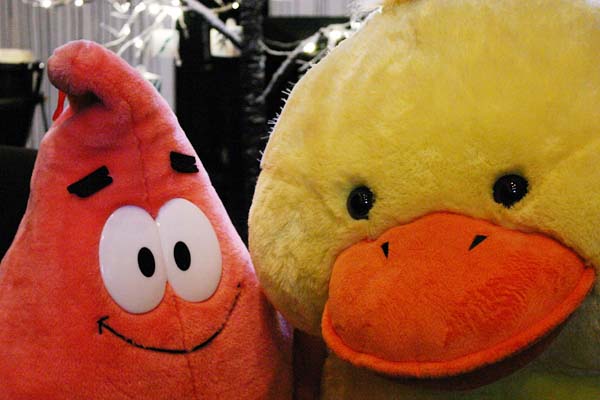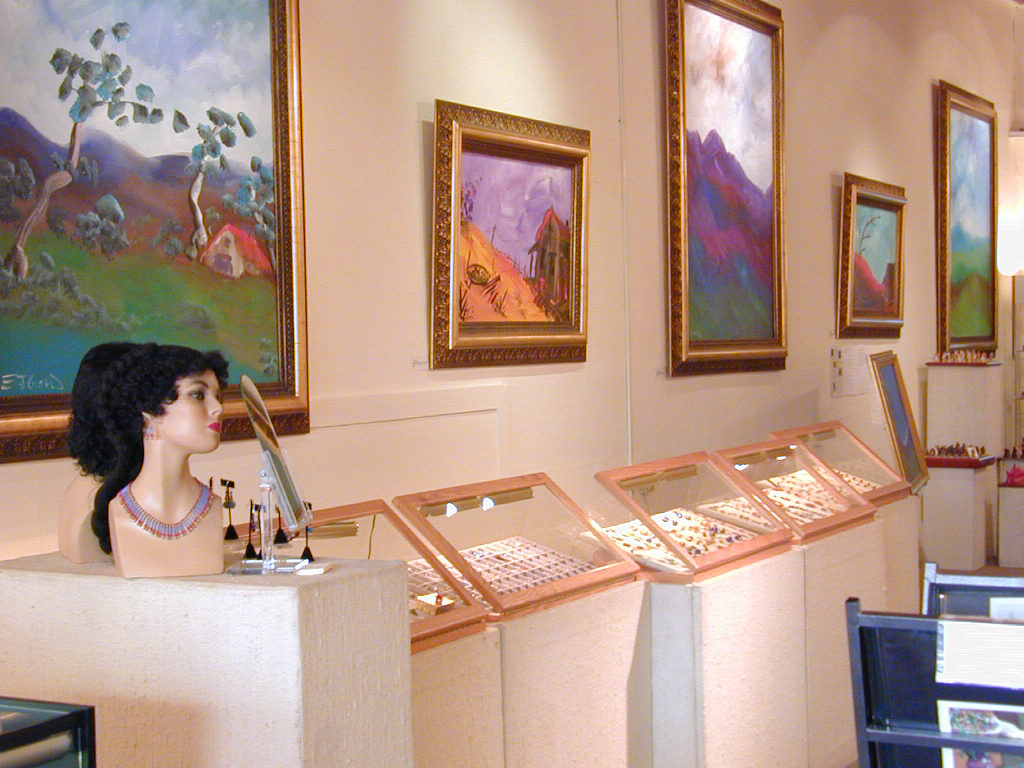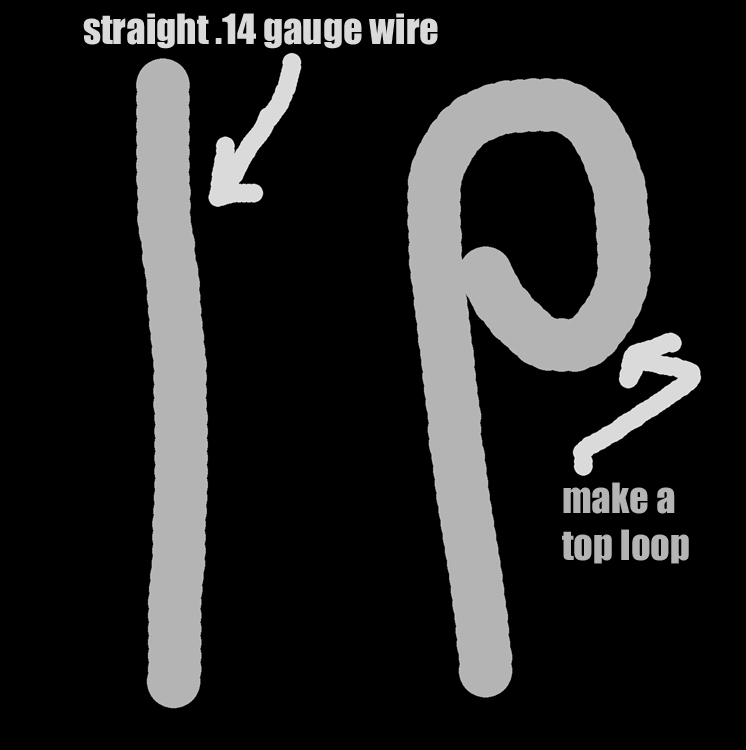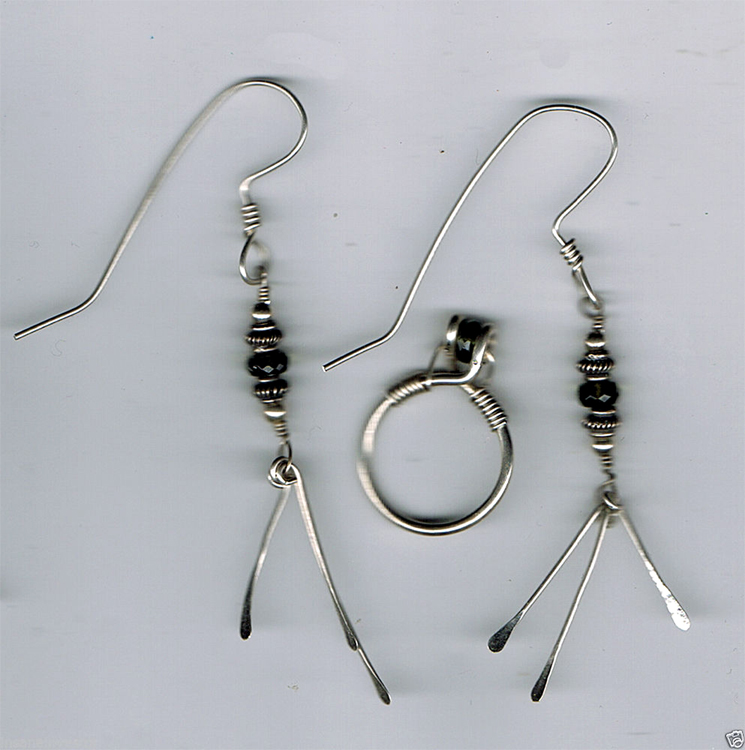
My Top 49 Jewelry Basics:
This is a set of basic stuff you really need to know if you plan to make and sell jewelry at home. Take a closer look at the photo above, and note that it’s all made from wire and beads — no solder, no casting.
Solder-free jewelry is impossible, unless it’s cast, and both are things I’d rather not do, especially for money, so I developed my line of wire-made jewelry, including wire-linked necklaces and bracelets, and wire-wrapped meteorites and other gemstones.
Gemstones are not typically drilled large enough to allow wire to pass through them, so I have to find gemstone suppliers who are willing and able to drill my stones just a wee bit wider, enough to accommodate a .16 gauge copper, silver or 18k gold wire.
By the way, jewelry-grade wire is already polished, so all it needs is a gentle rub, unless you’ve butchered the metal beyond simple polishing.
Beads as Money — Beads were the first money. Until then, about 50,000 B.C., any exchange was strictly in livestock, food, skins, weapons — some sort of trade or barter. The hole in a bead made it easy to carry on a string or leather thong, so you didn’t have to bury it near your home under the third fencepost as usual. Certain rare beads had definite values, such as seashells in an inland community with no seaport or ocean access. Common early “money” beads were made of bone, shell, wood, and some larger seeds or seed-pods. In some parts of the world, beads are still money, and some beads can bring many thousands of dollars, and even millions of dollars, at public auctions. Continue reading


